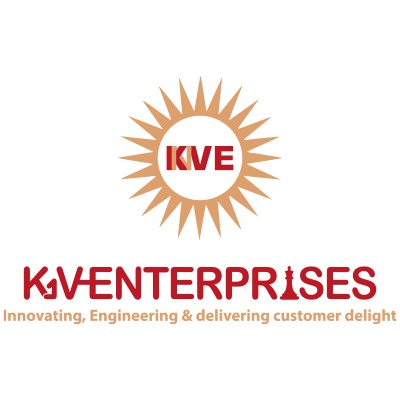If you have a large facility that needs airflow throughout the entire space, an HVLS fan is a great solution for you. The fan can also help you in the following situations:
- High humidity causes a buildup of moisture in my facility
- I don’t have an HVAC system and need to keep my occupants comfortable
- My HVAC system does not evenly distribute heat/cool
- I need to reduce energy consumption
No. Even if you leave it on around the clock, a well-designed HVLS fan, like the latest technology AirVolution-D, can run for less than INR 35.70 a day.
Possibly. HVLS fans evenly distribute air which improves the effectiveness of your HVAC system. Minimizing your HVAC system’s run time saves energy and prolongs the unit’s lifespan.
Yes. HVLS fans can be as large as 24 feet in diameter and can cover an area of over 20,000 square feet. They are frequently used to cool facilities with more than 100,000 square feet and are an ideal solution for warehouses that have open bays and frequent air exchange.
The primary indicators are the size of your space and the amount of airflow you need. Other factors include building compatibility, usage, and budget.
The warranty on an HVLS fan varies by manufacturer and ranges from a few years to decades. Some manufacturers reduce the warranty in half if another service provider installs their fan. Other manufacturers offer a full warranty regardless of who installs it. KV-ENTERPRISES offers a 50,000 hour warranty on its AirVolution-D, regardless of who installs it.
The small, curved caps added to the edge of some HVLS fan blades have sparked much debate. Some companies add winglets to capture and move more air. However, winglets negatively impact the performance of an HVLS fan by increasing the amount of energy the fan uses and making the fan wear out faster.
It varies. If your fan is warrantied by a manufacturer with an excellent warranty and service, it’s not. However, it can be expensive if your fan is out of warranty or if it has sustained serious damage. Because of the moving parts, the motor in a traditional HVLS fan sustains the majority of wear and tear. Choosing a modern HVLS fan with a gearless motor eliminates that wear and tear and elongates the product’s lifetime.
A trained HVLS fan specialist should help you decide where to place an HVLS fan based on the size of the fan and the layout of your space. Some HVLS fans without modern technology will have variable frequency drives (VFD). Correct placement on those is crucial or your HVLS fan won’t run optimally. Consider a direct drive HVLS fan for more installation flexibility.
The differences are the amount of airflow the fan can produce, the energy it uses, and how it affects your building’s infrastructure. Different manufacturers have varying beliefs on how many blades are best for specific situations.
HVLS fans are much quieter than HVAC systems and pedestal fans. New HVLS fans with direct drive motors (unlike traditional motors with gears) are even quieter than older HVLS fans still on the market today.
Yes. The AirVolution-D is rated for temperatures up to 140°F. Having a high heat rating is very important because when an HVLS fan is not running, the temperature at the ceiling is much higher than at ground level.
Yes. Because HVLS fans promote airflow throughout large areas they can be used to eliminate fumes and prevent air quality problems like Sick Building Syndrome (SBS).
HVLS fan blades should be extremely durable and resistant to extreme temperatures and moisture. KV-ENTERPRISES uses aluminum that has been anodized (an electrochemical process that makes aluminum extremely strong).


